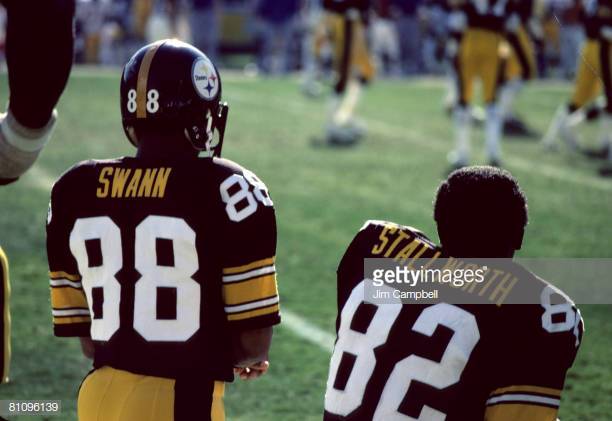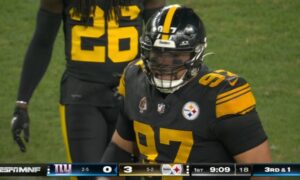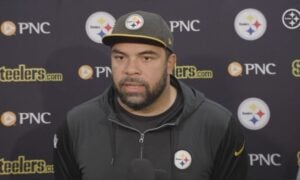Over the course of their long existence, the Pittsburgh Steelers have been responsible for drafting 17 players who have gone on to be enshrined in Canton as members of the Pro Football Hall of Fame, distinguished as being among the greatest players who have ever played the game of football at the highest level.
Granted, that list of players includes some whose illustrious successes were found in other towns. They drafted Johnny Unitas in the ninth round of the 1955 NFL Draft out of Louisville. Two years later, a certain Len Dawson from Purdue was their first-round draft choice. He would attempt 17 passes over three years before becoming a Kansas City Chiefs legend (with a stop in Cleveland in between).
Of those 15 players who are essentially in the Hall as Steelers who were drafted by the team, a full four of them were selected in 1974, over the course of the first five rounds. Lynn Swann was the first-round pick. Jack Lambert followed in round two. John Stallworth was added in the fourth round, and Mike Webster was taken in the fifth. Poor old Jimmy Allen, the man in between, would go on to have 31 career interceptions (largely in Detroit) over and eight-year playing career, but is totally overshadowed by the prestigious peers surrounding him.
And now, a fifth member of the Hall of Fame was added from that year’s collegiate crop. Not a draft pick, this time, but an undrafted free agent. Donnie Shell, the perpetually underrated member of the Steelers’ 1970s dynasty defense, finally got his due.
While he can’t technically be considered a part of that astonishing 1974 draft class, he nevertheless adds to the prestige, at the bare minimum, of the fantastic efforts of the scouting department, which played a pivotal role in the makings of that championship team. To pluck Stallworth out of Alabama A&M, and then pick up Shell after 17 rounds from SC State, and to turn them into Pro Bowlers? I certainly think that deserves some recognition.
It’s actually somewhat funny to me to think of that great class and of the reality that so much of it slanted to boosting the offense, rather than the defense. Lambert was the final piece of the puzzle, in many ways, with the likes of Joe Greene, Jack Ham, L.C. Greenwood, Mel Blount, and others already in place.
Prior to Shell, there were Mike Wagner and Glen Edwards, both of them rather underrated safeties in their own right. Between the two of them, they combined for 100 career takeaways and made four Pro Bowls, nothing to sneeze at.
For Shell to have arisen to a level above them speaks more to just how good he was and how difficult it was to keep him off the field, which is precisely why he eventually forced his way into the starting lineup once injury provided the opportunity. The transition proved to be seamless, and historic.








